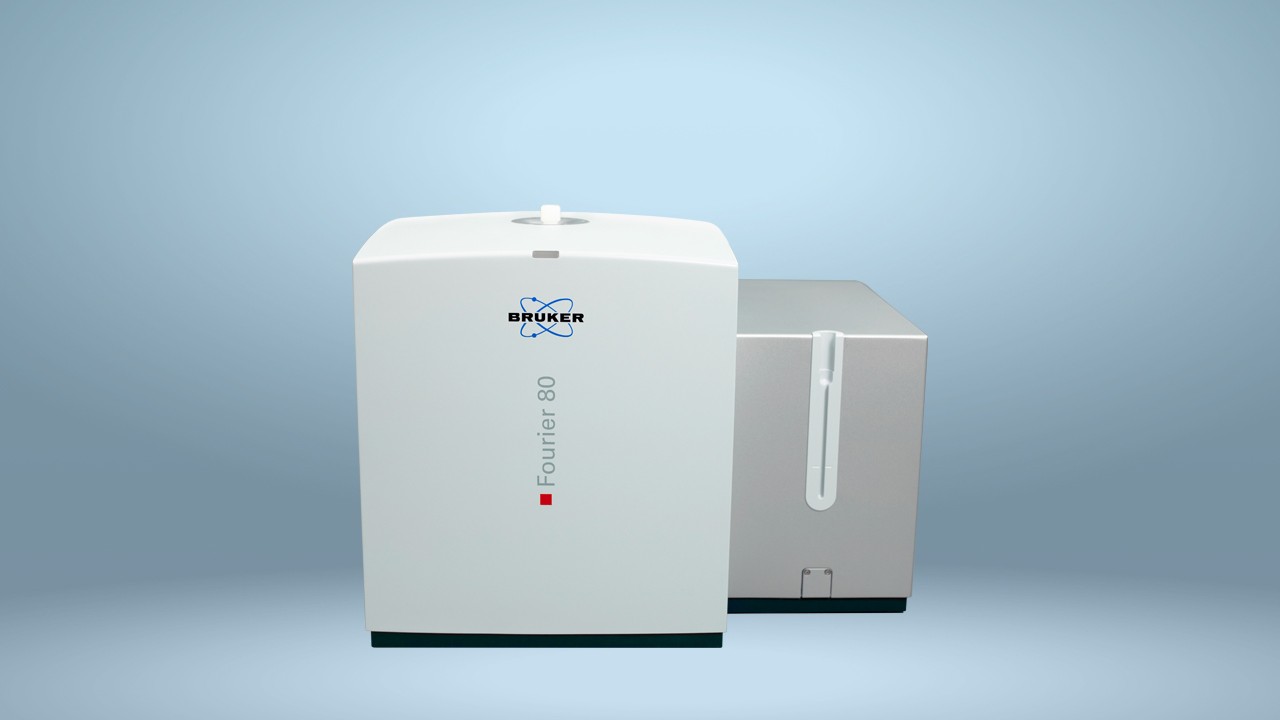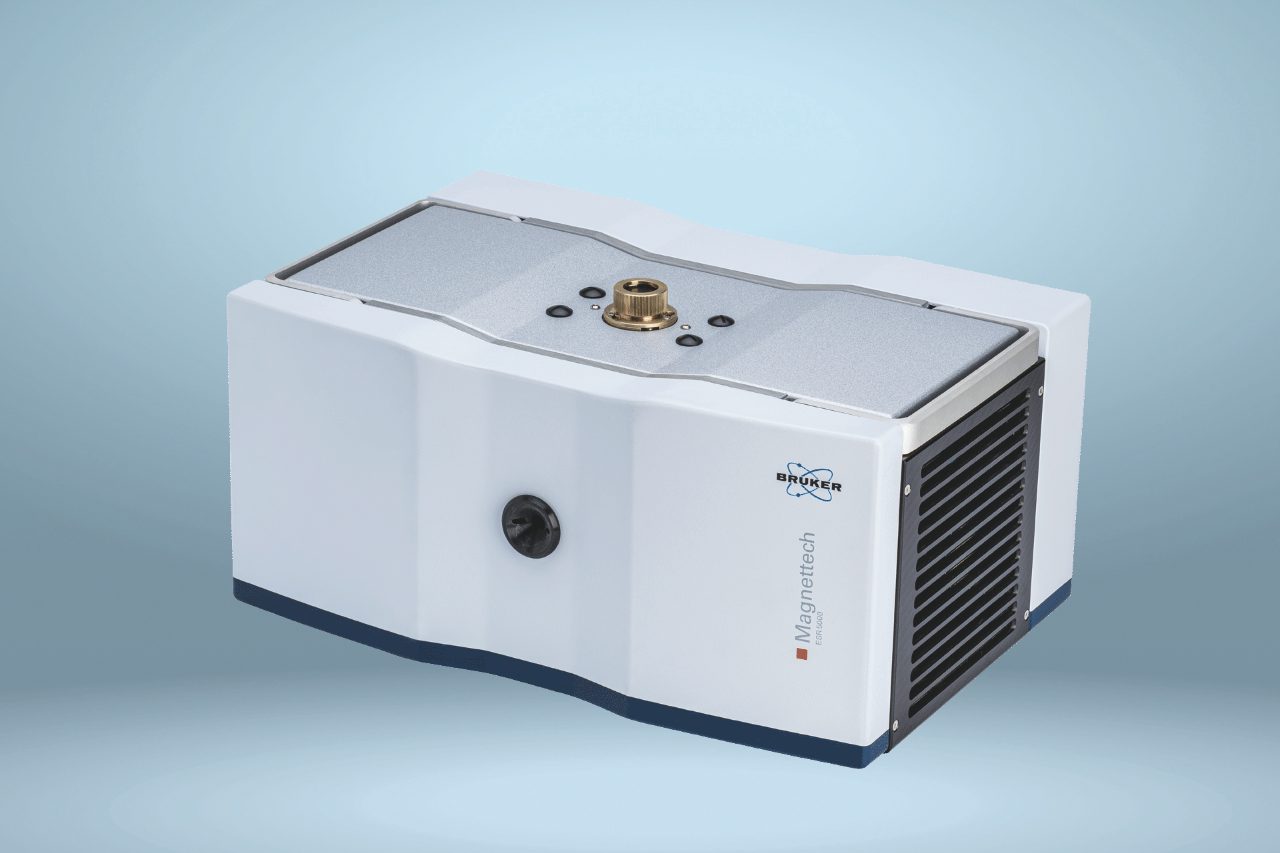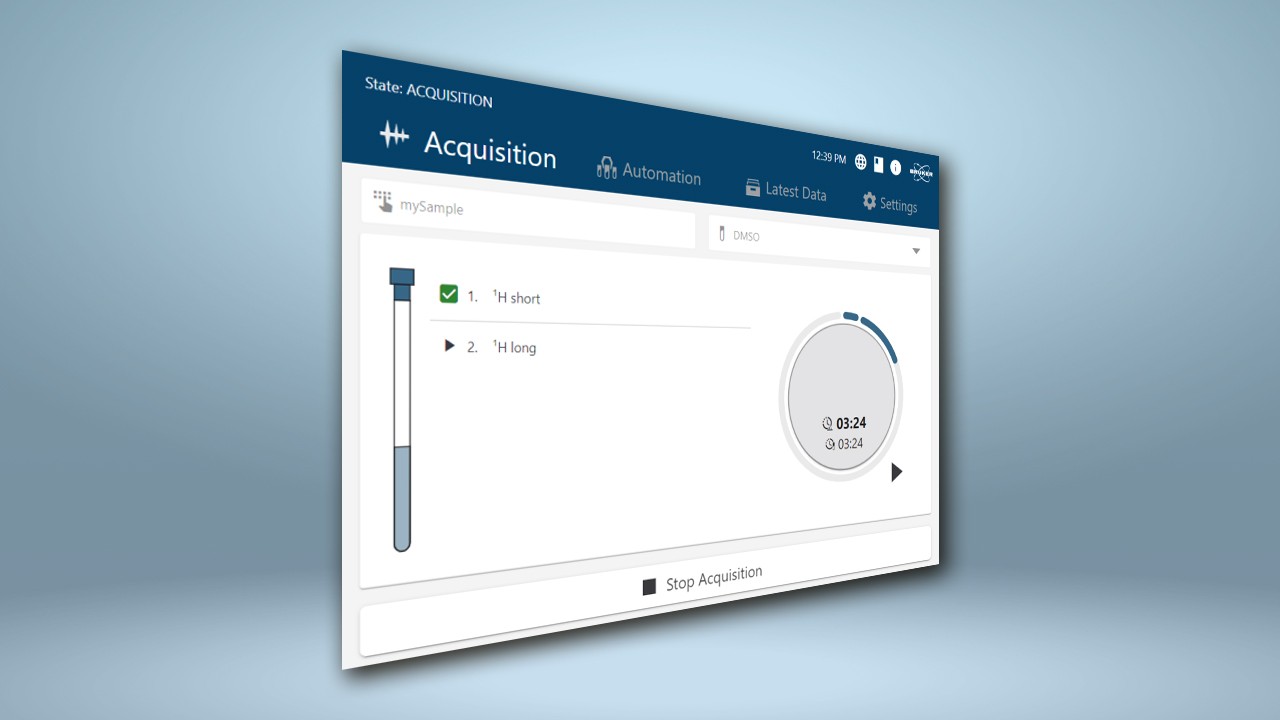Magnetic Resonance in Education
The Value of Teaching Magnetic Resonance
Magnetic Resonance (MR) encompasses a range of powerful analytical techniques, such as Nuclear Magnetic Resonance (NMR) and Electron Paramagnetic Resonance (EPR), which exploit the magnetic properties of nuclei and electrons, providing insights into the structure, dynamics, and interactions of molecules. NMR, for example, provides atomic-level information of the sample under analysis, enabling researchers to visualize the arrangement and environment of atoms within a molecule. EPR, on the other hand, is used to study materials with unpaired electrons, enabling investigation of radicals, transition metals, and other paramagnetic species.
Teaching Magnetic Resonance (NMR and EPR) to students equips them with a robust understanding of fundamental scientific principles, practical laboratory skills, and critical thinking abilities. Learning MR not only adds analytical techniques to a students' portfolio, but also opens new opportunities for them. It enhances their scientific understanding and enables them to make significant contributions to the scientific landscape.
Empowering Educators with Comprehensive MR Education Support
At Bruker, we believe that engaging students in science is the key to fostering their academic growth and igniting their curiosity and critical thinking. That’s why we are committed to providing comprehensive MR education support to educators and students. Our education initiatives include a range of offerings, from education kits to the online education platform, Educate2Resonate.
Education Kits
Each purchase of the Fourier 80 or Magnettech ESR 5000 includes our Education Kits, which cover both theory and practice of Magnetic Resonance. These comprehensive and interactive tools are designed to bring inquiry-based learning and hands-on experiments to the classroom. With a collection of fun and educational experiments, along with lecture materials for teachers, the Education Kits make teaching NMR and EPR spectroscopy easier and more engaging than ever before. Our Education Kits empower educators to seamlessly integrate MR education into their curricula, enriching both teaching and learning experiences. At the same time, they provide students with a hands-on understanding of MR concepts and enable them to develop the practical laboratory skills essential for success in scientific research and industry.
If you own a Magnettech ESR5000 instrument, you can now download our new Education Kit for free on Bruker's EPR community page. To receive an education kit for your NMR benchtop instrument, please get in touch via email.
Educate2Resonate
In addition to our education kits, we offer the online education platform, Educate2Resonate. This platform provides MR enthusiasts at any level with the perfect place to learn, share, and teach about NMR and EPR. Our mission is to unite NMR and EPR users from around the world, fostering a supportive and engaging environment for learning and growth.
At Educate2Resonate, we offer EduLab protocols that provide students with the opportunity to run experiments while taking practical courses at the university. These EduLabs come with a comprehensive instructor's guide, allowing even supervisors without expertise to teach these experiments with confidence. Users are also invited to submit their own EduLabs for others to use, tagged with an exclusive hashtag and #educate2resonate for easy sharing on social media.
Our commitment to MR education extends beyond just providing education materials. We also offer trainings for our instruments to ensure that researchers and students are equipped with the necessary skills to operate and maintain MR instruments. With our comprehensive MR education support, we strive to inspire and engage the next generation of scientists in the exciting fields of NMR and EPR.
Enhance MR Education with Bruker's Compact Benchtop Systems
Magnetic resonance techniques are invaluable tools for students to learn, offering deep insights into molecular structures and interactions. Bruker's benchtop systems for EPR and NMR make it easier than ever for educational institutions to introduce these powerful analytical techniques. These compact and cost-effective systems provide students with hands-on experience in magnetic resonance, all without the need for specialized infrastructure.
Benchtop Systems - Compact and Convenient
- Designed to fit on a regular laboratory bench
- No need for specialized infrastructure or liquid cryogens
- Accessible even in limited spaces thanks to a small footprint
Benchtop Systems – Educational Benefits
- Provides students with hands-on experience in MR
- Intuitive software delivers fast results with a single click
- Comprehensive software available for in-depth learning
- Minimal risk of damage to instruments during student use
- Enhances curriculum by integrating practical applications of MR
Fourier 80 Benchtop NMR Spectrometer in Education
The Fourier 80 benchtop NMR spectrometer is an excellent addition to educational institutions, providing students with practical NMR experience. Its compact design fits seamlessly into existing lab spaces without the need for specialized infrastructure. The intuitive software allows students to quickly obtain and analyze high-quality NMR data, enhancing their learning experience. With features tailored for educational use, the Fourier 80 supports in-depth exploration of molecular structures and dynamics, fostering a comprehensive understanding of NMR spectroscopy. Equip your students with the skills they need for future scientific endeavors with the Fourier 80.
Magnettech ESR5000 in Education
The Magnettech ESR5000 benchtop EPR spectrometer is an ideal choice for integrating practical EPR applications into the curriculum, fostering a deeper understanding of molecular structures and interactions. It provides students with hands-on experience in EPR, thanks to its user-friendly design and intuitive software that delivers fast and accurate results. The compact design fits easily on a regular lab bench and bears minimal risk of damage during student use. To get you and your students started, the ESR5000 comes with an Education Kit. The Kit includes a primer for students and teachers, a presentation for teachers, and a lab guide with experiments using everyday samples like coffee and cinnamon.
Testimonials
Gain valuable insights from educators and students on the transformative impact of Magnetic Resonance (MR) education on teaching, learning, and research. In our video interviews, educators and students share their experiences and perspectives on the benefits of MR education. These interviews provide a glimpse into the world of MR education and inspire us to continue our efforts to support and foster learning in this exciting field.


